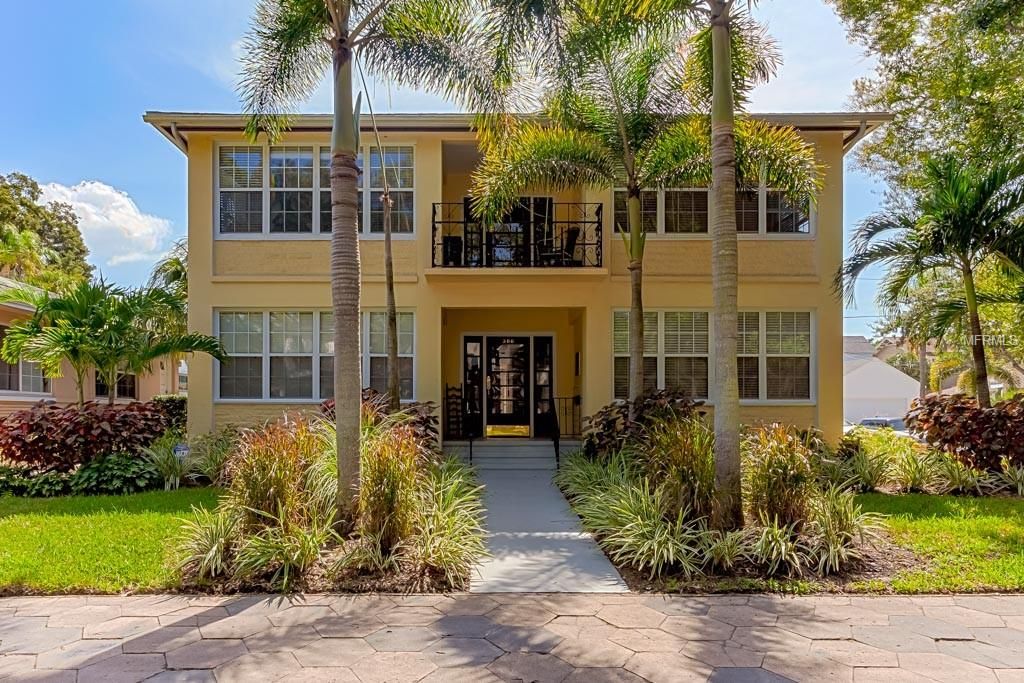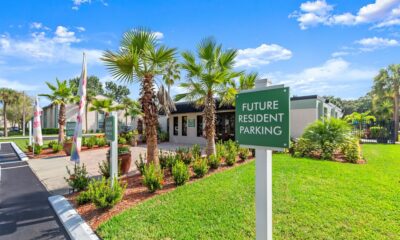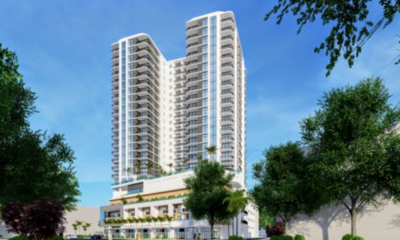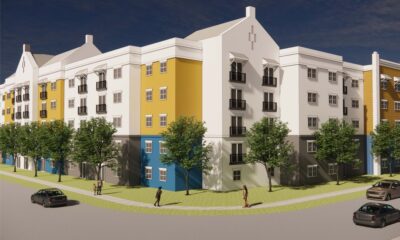St. Pete City Council approves new zoning category to spur ‘missing middle’ housing

One year ago, I wrote an article asking if St. Pete should follow in the footsteps of Minneapolis, Minnesota and cities across the country working to undo prohibitive single family zoning ordinances, allowing for more density to combat the affordable housing crisis.
At that time, St. Petersburg city planning staff was in the middle of a two-year process of engaging in stakeholder conversations, drafting land use regulation changes and deciding how best to address the city’s affordable housing crisis with a number of tools, including reducing minimum parking requirements and relaxing standards for accessory dwelling units, also known as mother-in law suites.
Now, St Petersburg City Council has unanimously approved the creation of a Neighborhood Traditional Mixed Residential (NTM) zoning category, paving the way for “missing middle” housing like duplexes, triplexes and skinny homes to be built in St. Petersburg neighborhoods.
The text amendment to St. Petersburg’s land development regulations passed by a unanimous vote Thursday, the result of an application process that formally began in February 2019. The text amendment added a new zoning category alongside existing zoning regulations. The new NTM category provides for a variety of “low to medium density” building options, allowing a maximum density of 30 units per acre, with no more than four units per building. The category also allows accessory dwelling units. Design standards for the buildings will require buildings to be no higher than 36 feet, limiting the structures to two stories, in line with the current standards of the neighborhood.
The zoning change has not yet been applied to any neighborhoods in St. Petersburg, but that process will begin in the coming months, according to city staff. Before map amendments are proposed, the city will engage in conversations with neighborhoods to discuss where these changes would be most suitable.
 Neighborhoods that would be eligible for the NTM zoning designation must meet three specific locational criteria. They must be adjacent to a public alley, fronting to a “future major street” and outside of the Coastal High Hazard area – or the designated area of the city that would flood during a category 1 hurricane.
Neighborhoods that would be eligible for the NTM zoning designation must meet three specific locational criteria. They must be adjacent to a public alley, fronting to a “future major street” and outside of the Coastal High Hazard area – or the designated area of the city that would flood during a category 1 hurricane.
“This is a very necessary first step if we’re going to do anything regarding missing middle housing,” said Derek Kilborn, manager of urban planning and preservation. Kilborn shared a presentation with examples of how the different lot sizes might look on a partial city block, including examples of a typical 60 foot single family home, a middle-ground 45 foot lot with multiple units, and 20 foot lots with skinny homes.
Council member Darden Rice thanked staff for their multi-year effort toward the new zoning category. “This has been a lot of work for a long time and creating a new zoning category is not something we do willy-nilly,” she said.
Rice also pointed out the struggles that other cities are having with solving these issues. “You look across the country and a lot of cities are dealing with the same challenges that we are. I don’t think anybody has a lock on making this an easy process. Not Minneapolis, certainly not Austin. Just go look at their news, take a look at their city council meetings.
“I’m really proud of how well St. Pete has done this,” she continued. “These are very tough decisions, there’s a lot to balance, but the thing is, if you say no to increased density, if you say no to this type of zoning being introduced to our corridors, you have to at least be intellectually honest. Because if you say no to something, you say yes to something else.”
“And if we say no to this, gentrification will happen and it won’t happen on our terms. It will happen on the terms that the market gives us. It’s our responsibility and ability to help shape this.”
“There’s no magic bullet to any of this,” said Council member Brandi Gabbard. “But one thing that we know has been proven successful is increasing density, and so I applaud both of you and I am a very, very happy ‘yes’ tonight.”
Council member Gina Driscoll explained how excited many of her constituents are for the prospect of the new zoning category. “I love when I hear people saying, ‘Yes, we want more,’ because there are some folks out there who understand that this is sort of a way to address gentrification and respond to it.
“When you start to build that missing middle into a neighborhood, you’re creating more affordable options for the people who already live there, who are maybe renting and want to buy,” she said. “Now they have an opportunity to stay in their same neighborhood, which many people want to do because that’s where they’re comfortable, that’s where their families are.”








Kim Mathews
May 17, 2020at3:40 pm
How do I get and where do I go tto get one